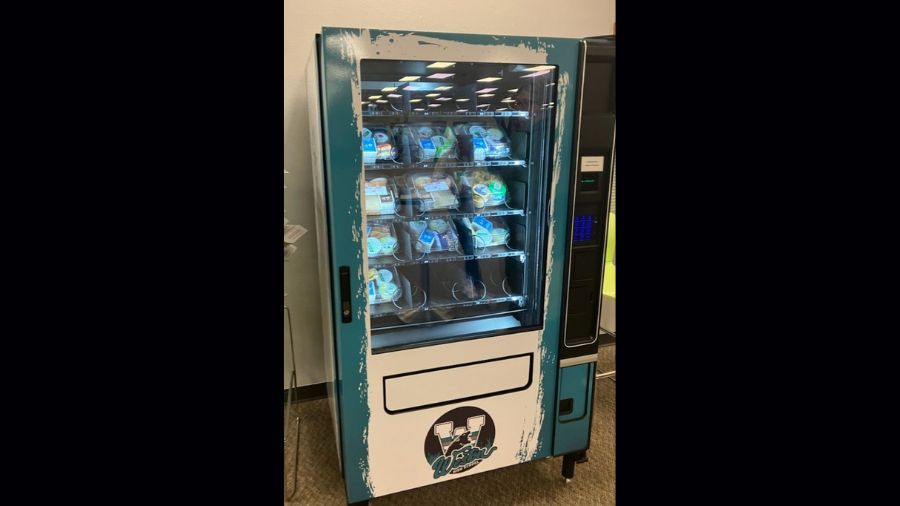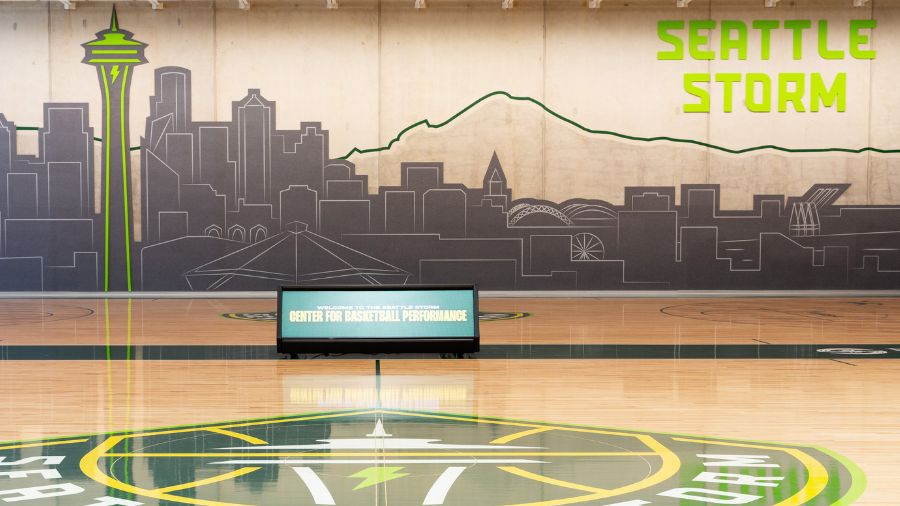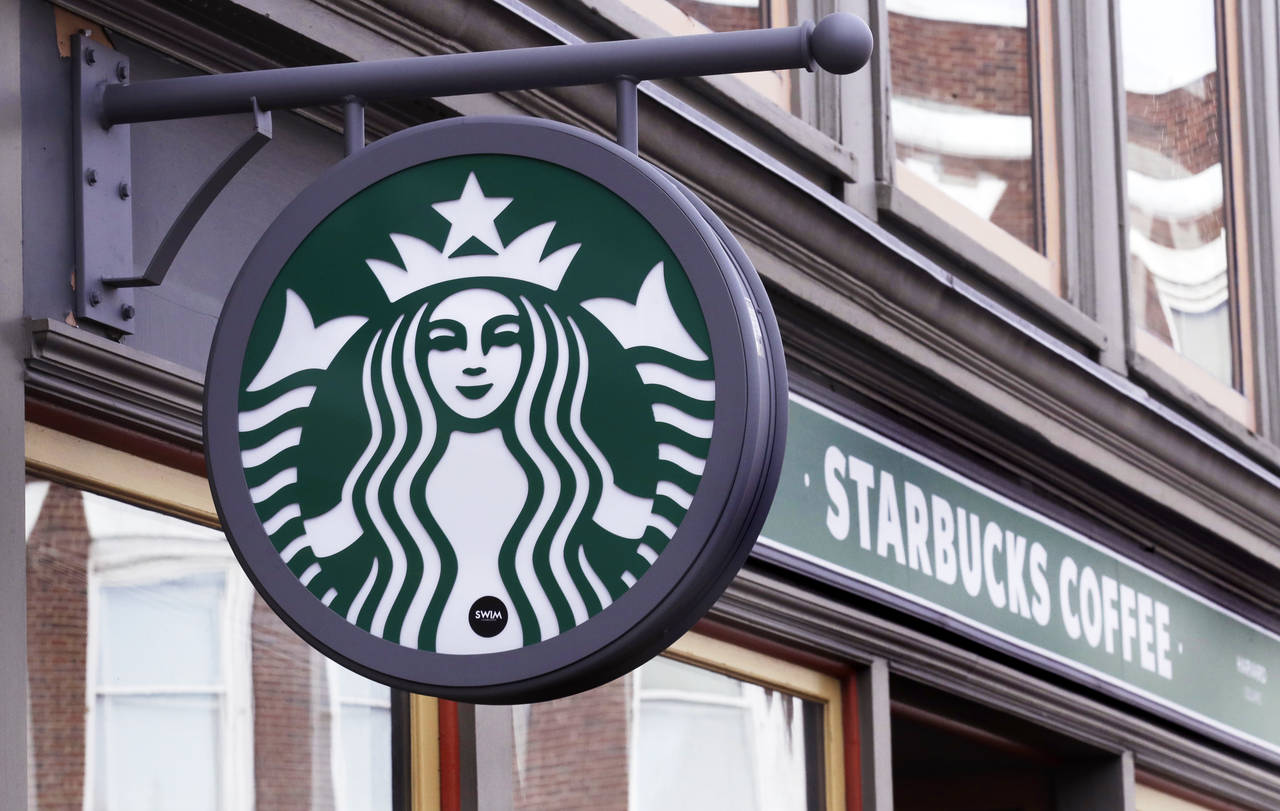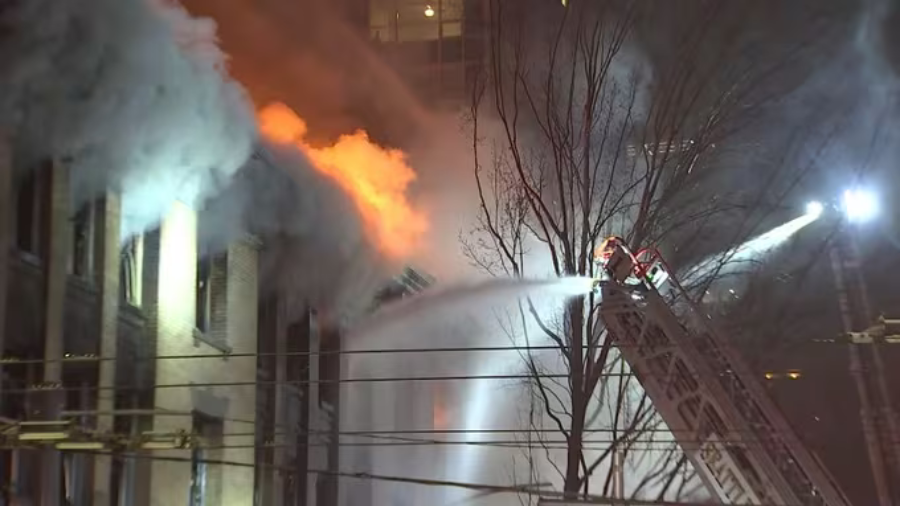Seattle’s history of housing segregation remains apparent today
Oct 12, 2016, 4:52 PM | Updated: Oct 13, 2016, 8:36 am

According to a historical and recent map, people in Seattle don't move around as much as you might think. (Images from City of Seattle)
(Images from City of Seattle)
Seattle’s buried past reveals itself in strange ways. There was the famously underwhelming, seven-decade old time capsule at the University of Washington’s Hec Ed Pavilion. When opened to an assembled crowd nearly 20 years ago after more than 70 years buried, all it contained was an old newspaper, paperwork, and a dime. People booed.
Or it’s found in the forgotten steel casing that lurked underground in Bertha’s path and stopped the billion-dollar tunnel boring project in its tracks. It now ranks as the most expensive mess of aging, neglected metal in Seattle since Rush’s R40 tour.
But sometimes, what’s hidden in local history remains in plain sight. Or at least its effect does.
Haven’t seen it? Take a look at the deed record for most of the thousands of properties in many Emerald City neighborhoods, particularly those north of the Ship Canal. This (or something similar) is what you’ll still find:
No property in said plat shall at any time be directly or indirectly sold conveyed or leased in whole or in part to any person or persons not of the White race.
That the language remains present in thousands of deeds records carries no weight legally. The constitutionality of those restrictions – at least from a property ownership standpoint – was settled four decades ago.
But socially and demographically, the echo remains. The language in tens of thousands of current property deeds are a central reason why neighborhoods today look strikingly like what was mapped as the ideal in the city’s racially segregated past.
Take Seattle’s City Council District 6 encompassing Ballard, Crown Hill, Loyal Heights and a handful of other neighborhoods. Written into the fabric of Seattle’s whitest council district, behind the boom of craft breweries and boxy, pricey modern homes, is an itemized, decades-old municipal past that helped determine how the neighborhood appears today.
“I used to say that I thought Seattle suffers from a bad case of historical amnesia,” said Prof. James Gregory, a University of Washington researcher, author and co-founder of the Seattle Civil Rights and Labor History Project. “(Seattle is) so interested in imagining it is a liberal, nice place that it’s not really aware of its past.”
Gregory isn’t arguing that covenants are solely to blame for Seattle’s current neighborhood demographics. The process of redlining — earmarking certain neighborhoods as off-limits for home sales to minorities — and simple societal pressure played important roles as well. But putting segregationist language into the property ownership deeds locked it temporarily into practice and permanently into history.
Many locals remain unaware of the past that remains written in neighborhood covenants. Covenants, an early version of the rules guiding modern homeowner association corporations (HOAs), were legally enforceable neighborhood standards, from tree or home height to where garbage cans are allowed. Less well-known is that they also set rules about who could live in the neighborhood either as a renter or owner.
Written into deeds in the early and middle 20th Century, Seattle’s housing restrictions specified the prohibition of people of “Malay descent” or having “Asiatic features.” Restrictions banned renting or ownership by “Ethiopians” (as shorthand for African) or by any “Orientals.” And if you were a white homeowner, don’t even consider renting a spare room to a Hebrew.
In the 1930s and 1940s, developers advertised neighborhoods as both beautiful and “restricted,” a code word for having segregation covenants. These covenants exist in Greenwood and Laurelwood; they remain in the records in Queen Anne and Magnolia, among other neighborhoods. But nowhere in the city were they used as pervasively as the neighborhoods north of the Ship Canal where the town saw breakneck growth in the 1920s and again in the 1940s and 1950s.
It was here, Gregory said, that the platted growth in Seattle, Shoreline, Edmonds and the Eastside sought to break from the racial chaos of the center city. It was here where racial restrictions – even immediately Post WWII — sometimes were written to allow only Aryans.
“This was a way to prevent other Europeans, such as Italians and Jews, from moving in,” Gregory said.
Conversely, in few places were they used less than in the Central District, Rainier Valley and Skyway, Seattle’s historically black neighborhoods. And even though the last of the racial covenants were written in the 1950s, the recent U.S. Census data shows the decades-long, lingering effect.
The most recent U.S. Census map makes it clear: Seattle’s history of covenants remains, in effect, a living history. While Seattle’s black population over the past 20 years has migrated south — in some cases pushed south as a result of gentrification — northern movement has remained minimal.
Gregory says he has mentioned Seattle’s segregation to locals who have replied, “There’s no segregation in Seattle.”
The difference, he said, is that residents and local historians in Chicago, Birmingham, Selma and Atlanta – among other American cities — publicly acknowledge the cities’ racially segregated past. It’s important, he said, that Seattle understands its present state by acknowledging its past intent. Both in words and deeds.
“It was partly being annoyed at those (no segregation) comments that led to the formation of the Civil Rights and Labor History Project. The goal was to demonstrate that segregation and civil right are as much a part of Seattle’s history as Selma’s history.”













